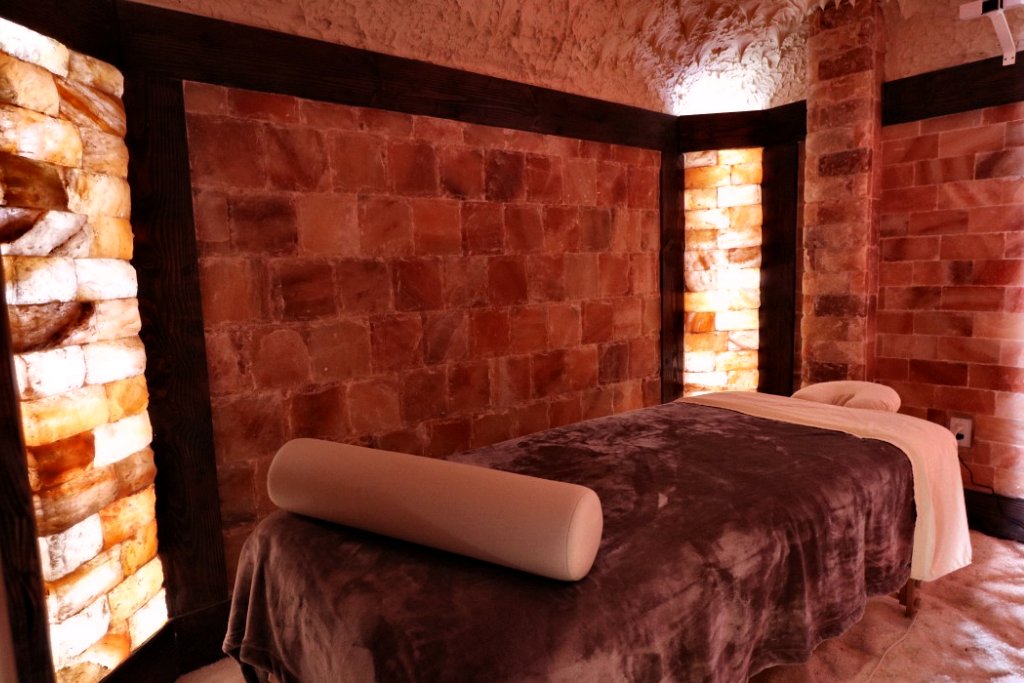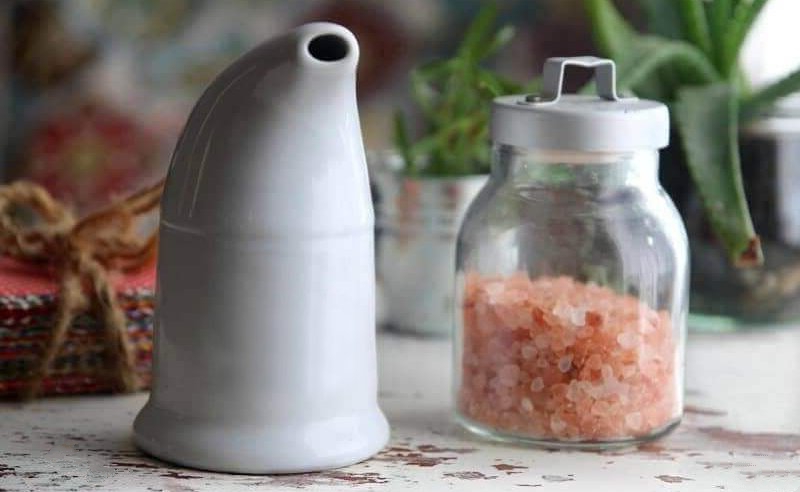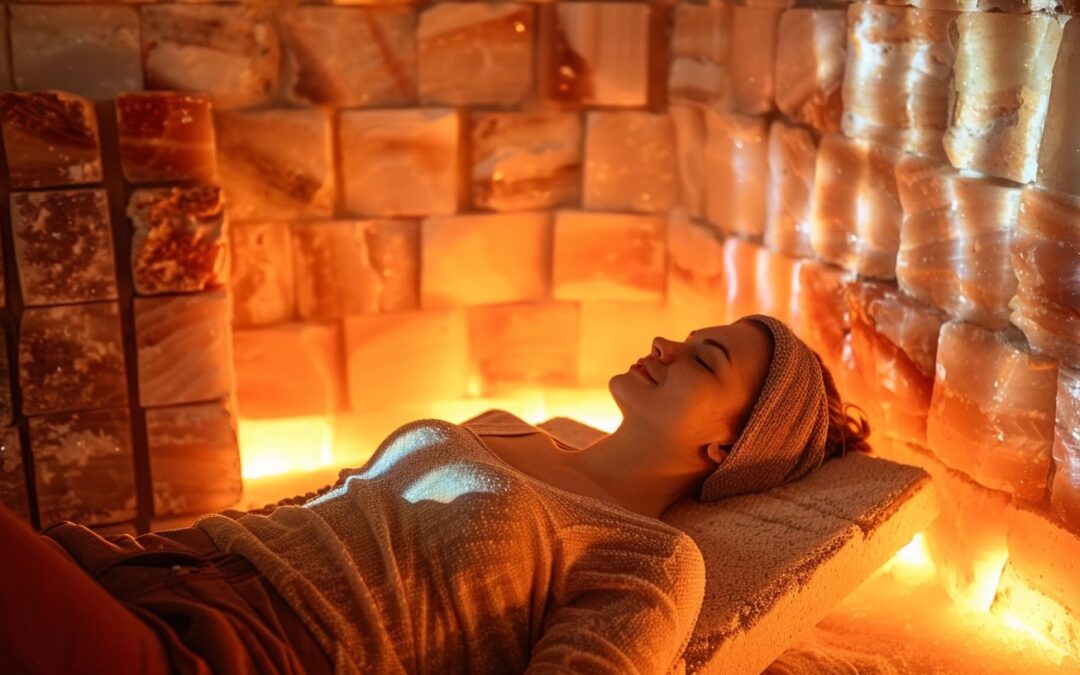Halotherapy, also known as salt therapy, is an alternative treatment that has gained popularity over the years for its purported benefits in improving respiratory conditions, skin ailments, and enhancing overall wellness.
This therapy involves inhaling micronized dry salt within a controlled environment, which is believed to have anti-inflammatory, antibacterial, and hygroscopic (moisture-absorbing) properties.
The origins of halotherapy date back to the 19th century when doctors noticed that salt miners had significantly fewer respiratory issues compared to other miners. This observation led to the development of various modalities to replicate the salt mine’s microclimate, aiming to provide therapeutic benefits. This article explores the different ways halotherapy is administered, including salt caves, salt rooms, and personal inhalers, and the specific conditions they target.
Salt Caves

Halotherapy and Salt CavesSalt caves are man-made structures designed to mimic the natural salt mines’ environment.
These caves are built using massive amounts of Himalayan salt, often several tons, on the walls, floor, and ceiling.
The air in salt caves is saturated with salt particles, created by a device called a halogenerator that grinds USP-grade salt into microscopic particles and releases them into the air. The controlled climate and high concentration of salt in the air make salt caves a popular choice for therapeutic and relaxation purposes.
Targeted Conditions: Salt caves are particularly beneficial for individuals with respiratory conditions such as asthma, chronic bronchitis, and allergies. The salt particles inhaled during a session can help reduce inflammation in the respiratory tract, clear blockages, and improve breathing.
Salt Rooms

Halotherapy and Salt RoomsSalt rooms, similar to salt caves, are designed environments where dry salt aerosol is dispersed into the air. However, salt rooms are more modern and can be customized to fit into various commercial and residential settings.
These rooms use halogenerators to maintain the precise concentration of salt in the air, and their design can range from a simple, minimalistic look to elaborate setups mimicking natural caves.
Targeted Conditions: Like salt caves, salt rooms are effective for respiratory conditions. Additionally, they’re sought after for stress relief and relaxation, as the ambiance combined with the salt therapy promotes a calming effect on the mind and body.
Personal Salt Inhalers

Personal Salt InhalerFor those seeking the benefits of halotherapy without visiting a salt cave or room, personal salt inhalers offer a portable solution. These inhalers contain salt crystals, and when inhaled, the salt particles are drawn into the lungs.
Personal salt inhalers are designed to mimic the benefits of halotherapy on a smaller scale, making it accessible anytime and anywhere.
Targeted Conditions: Personal inhalers are used mainly for respiratory issues, especially for providing relief from symptoms of colds, asthma, and sinus infections. They are convenient for people on the go or those who prefer a more private and individualized approach to halotherapy.
Conclusion
Halotherapy presents a unique and natural approach to wellness, drawing on the therapeutic properties of salt to address various health conditions. Whether through immersive experiences in salt caves and rooms or through the convenience of personal inhalers, this therapy offers a holistic alternative for those looking to improve their respiratory health, skin conditions, and overall well-being.
While the scientific community continues to research and debate the full extent of halotherapy’s benefits, many individuals report significant improvements in their health and quality of life following regular sessions. As with any alternative treatment, it’s advisable to consult with a healthcare professional before incorporating halotherapy into your wellness regimen, especially for those with severe health conditions or concerns.
We hope you found the information above useful. Leave a comment below, or contact us if you have any questions.
